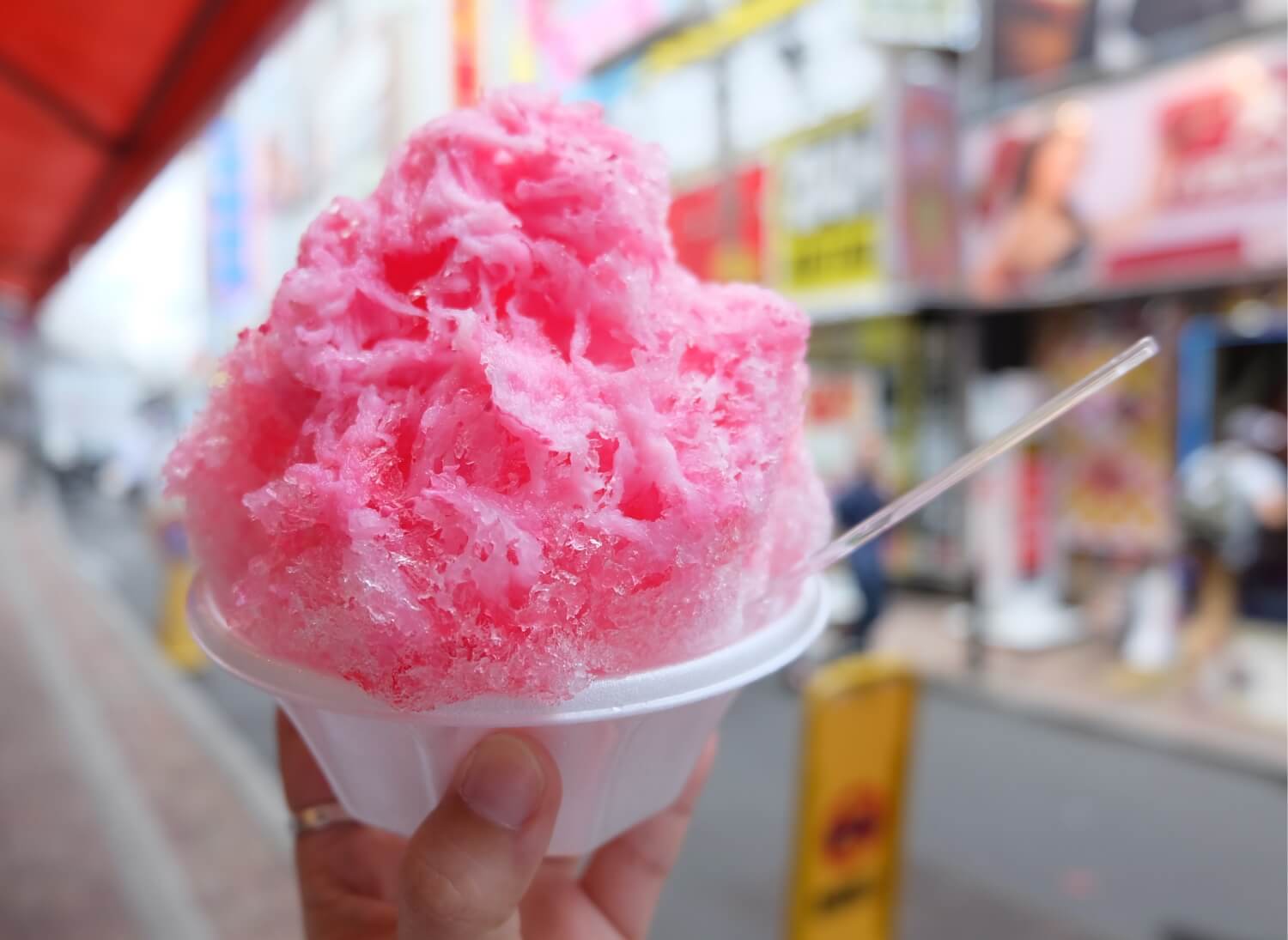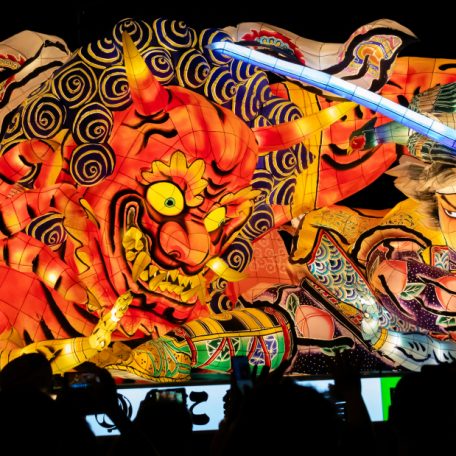Fantastic Festival Food in Japan
May 23, 2017
BY Josh

Summer Matsuri (festival) season is just around the corner in Japan. Here’s a roundup of the top must-taste experiences to add to your travel plan!

It goes without saying that when traveling to another country, especially one where the culture is as different as Japan, the food can and arguably should be an integral part of the experience. Getting advice from a hotel concierge or other local resident is always helpful. And, of course, if you’re fortunate enough to have a friend or acquaintance who lives in the area, even better. Above all of that, perhaps the absolute best way to experience the culture of any new destination is quite simple: eat like a local! One of the best ways to do that is as simple as going where the locals go. And one place you’re sure to find locals is at a festival. It’s hard to even turn around without having a local festival for something somewhere nearly anytime during the year. Winter sees its share of snow and ice festivals, mostly in the Northern areas of Honshu and Hokkaido, where the grand-daddy of all winter festivals, the Sapporo Snow Festival, has been going strong for nearly 70 years! Spring and summer celebrate the blooming of tree blossoms of nearly every hue and give way to Yosakoi and fireworks during the heat of July and August.
With so many people attending so many festivals, they must be eating something! Here are five foods you’re bound to find at nearly any festival anywhere in Japan. Three savoury and two sweet, when you’re enjoying any of these foods, you’re truly eating like a local.

Yakitori
Japanese people certainly love their meat! Yakitori (meat skewers) make the perfect festival food because it’s automatically made for walking and eating. Depending on where you are, you’ll often find the local Wagyu beef included among the sticks of pork, chicken, and sausages. Look for Japanese versions of what type of meat is on offer: 牛 (beef), 豚 (pork), 鳥 (chicken). Expect to pay ¥100-¥500 per skewer, depending on the type and size of the meat.

Yakisoba
Yakisoba is perhaps the American corn dog of Japanese festivals. Meaning it’s absolutely everywhere (Interestingly enough, there are fried, battered hot dogs on sticks in Japan… they’re called American Dogs). Yakisoba, stir-fried noodles with vegetables, is simple and delicious and so ubiquitous that it could be the number one grab-and-go food. It usually has meat, most often thinly sliced pork. It’s most often garnished with red pickled ginger and sprinkled with aonori flakes… think parsley, but much tastier. Yakisoba will usually be about ¥300-¥600, depending on the portion size.

Takoyaki
Perhaps the most well-known and potentially all-time top festival food is takoyaki. It just doesn’t sound right to call them octopus balls, so just use the actual name of what it is. Savoury dumplings with vegetables and a chunk of boiled octopus, which is usually quite tender. Just watching them being made is fun as the cook spins the perfectly round balls of goodness to cook them uniformly. When served, they have a traditional slather of a Worcester-like takoyaki sauce, then Japanese mayo, followed by katsuobushi (bonito) flakes and a sprinkle of aonori for color and a dash of that something-of-the-sea flavor. Takoyaki is usually served 5-6 per serving for about ¥500 and is probably the most popular to share with someone else. You can read more about these taste bombs in our previous takoyaki post.

Kakigori (shave ice)
You may think you’ve had shave ice, but you haven’t had Japanese shave ice! Everyone’s had shave ice, Hawaiian shave ice, American shave-ice, some kind of cold snowflakey concoction with sweet syrup poured over it. What takes Japanese shave ice to the next level is the addition of condensed milk. Usually added to the center of the snowy treat or sometimes used as the main part of the topping. Look for Japanese favorite flavors like ichigo (strawberry), melon, and blue Hawaii. Good kakigori will be about ¥300-¥400 depending on the size and variety of flavors available.

Taiyaki
This delicious little treat is ubiquitous in Japanese culture as a symbol of good fortune. In the Edo Period, some fish, like tai (sea bream), were expensive. So, it was saved for special occasions and was thought to bring good fortune or good luck when it was eaten. As time passed, this morphed into a representation of that by casting iron grills in the image of the tai fish. These intricate grills (think giant waffle iron – sponsored link) hold the batter, which is then filled usually with anko (Japanese traditional red bean paste) or a creamy custard. These are best eaten warm right off the grill. To keep up with demand, they are usually prepared ahead of time and reheated when you order. Be bold and try the anko! You’ll also find seasonal specialties in many areas, too. Taiyaki should be about ¥200/each. With the exception of kakigori, you’ll usually find everything else all across the country regardless of season. Most of all, be adventurous! If you see something that you think is interesting, give it a go! You may find your new favorite!
Discover more food adventures on any of our culinary tours!
Book your pocket wifi now to stay connected through your entire Japan Journey!

Be sure to get the JR Pass to make navigating Japan during your trip that much easier!

YOU MIGHT ALSO LIKE




